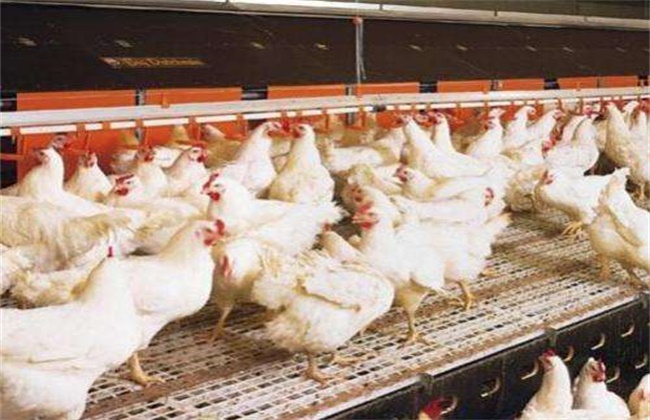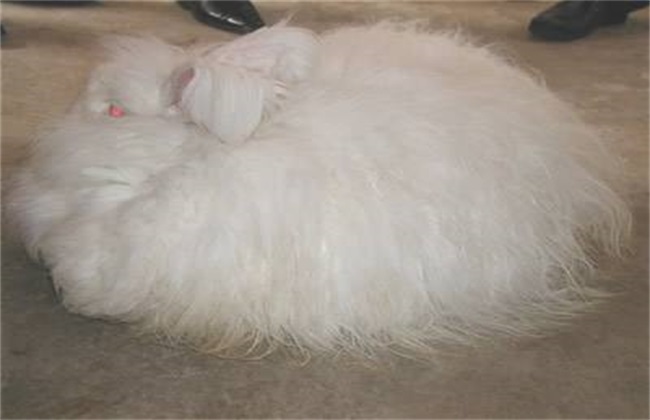How to thoroughly disinfect the chicken house during the empty period
The empty column period of the chicken house refers to the special period after the group Amoy and before entering the chicken, when thorough disinfection will be carried out to clean up the residual pathogens and do the basic work for entering the chicken. After disinfection, it can prevent the spread of a variety of epidemics and reduce the infection of new chicken diseases. So how to do it specifically? Let's get to know it.

1. Clean and clean
Clean up the eggs and leftovers from the empty house, moisturize the tools you can move outside, and clean the floor, cage bottom, roof, walls and windowsill to remove debris. Then rinse the removed feeding utensils with a high-pressure water gun, rinse clean and put them in a designated position for standby. For the chicken house, it is generally washed from top to bottom, and the dirt is removed clean after flushing. In winter, the sewage from the dung outlet ditch should be pumped out in time.
2. Soak the waterline
Soak the benefits of the waterline to kill a variety of pathogens in the waterline, you can choose to soak with disinfectants such as peracetic acid and hydrogen peroxide, generally soak for 24 hours, backwash the waterline after soaking, must soak each layer step by step, in order to avoid injury to personnel, protective measures should be taken when adding medicine to avoid burns.
3. Spray disinfection
Spray disinfection can kill most of the bacteria, viruses and fungi in the chicken house. Spray disinfection can choose povidone iodine, quaternary ammonium salt, chlorine preparation and other disinfectants. The disinfectant should be now available and should be prepared in accordance with the instructions for use. The concentration should be prepared and the phase disinfectant can be disinfected. The order of disinfection should be from the back to the front, from the inside to the outside of the chicken house, from the beams and walls to the last floor layer by layer. After spraying, the breeder should clean the water in the storage bucket, ah, and remove the sewage after cleaning.
4. Fumigation and disinfection
Fumigation with methanol can kill bacterial propagules, spores, fungi and viruses in the chicken house, and the disinfection area is the widest. Generally, 15-30 ml of methanol is not used per cubic meter. Fumigation is affected by temperature and humidity, and the temperature is higher than 25 degrees Celsius, relative to 80%. After meeting these conditions, the humidity can be less than 80%, and the ground can be disinfected after sprinkling water. Close the doors, windows and vents before fumigation, and seal the whole chicken house with film to ensure good disinfection effect. After it is done, the staff will leave the chicken house, seal and fumigate for 48 hours, and then open the doors and windows to mix the vents until the chicken coop smells.
The above is the layer empty period how to thoroughly disinfect the introduction, hope to help you, want to know more related knowledge, please pay attention to us.
Related
- On the eggshell is a badge full of pride. British Poultry Egg Market and Consumer observation
- British study: 72% of Britons are willing to buy native eggs raised by insects
- Guidelines for friendly egg production revised the increase of space in chicken sheds can not be forced to change feathers and lay eggs.
- Risk of delay in customs clearance Australia suspends lobster exports to China
- Pig semen-the Vector of virus Transmission (4)
- Pig semen-the Vector of virus Transmission (3)
- Five common causes of difficult control of classical swine fever in clinic and their countermeasures
- Foot-and-mouth disease is the most effective way to prevent it!
- PED is the number one killer of piglets and has to be guarded against in autumn and winter.
- What is "yellow fat pig"? Have you ever heard the pig collector talk about "yellow fat pig"?



